Patrick F. Fox, Paul McSweeney0412720000, 9780412720000
Table of contents :
Table of Contents……Page 0
Front Matter……Page 1
Preface……Page 3
General References on Dairy Chemistry……Page 5
Table of Contents……Page 6
1.2 Composition and Variability of Milk……Page 13
1.3 Classification of Mammals……Page 15
1.4 Structure and Development of Mammary Tissue……Page 16
1.5 Ultrastructure of the Secretory Cell……Page 19
1.6.1 Arteriovenous Concentration Differences……Page 20
1.6.3 Perfusion of Isolated Gland……Page 21
1.6.6 Tissue Culture……Page 22
1.8 Production and Utilization of Milk……Page 23
1.9 Trade in Milk Products……Page 30
References……Page 32
2.1 Introduction……Page 33
2.2.2 Biosynthesis of Lactose……Page 35
2.2.3 Lactose Equilibrium in Solution……Page 37
2.2.5 Solubility of Lactose……Page 39
2.2.6 Crystallization of Lactose……Page 40
2.2.7 Problems Related to Lactose Crystallization……Page 43
2.3 Production of Lactose……Page 51
2.4.1 Enzymatic Modification of Lactose……Page 54
2.4.2 Chemical Modifications……Page 55
2.4.3 Fermentation Products……Page 62
2.5 Lactose and the Maillard Reaction……Page 66
2.6 Nutritional Aspects of Lactose……Page 68
2.6.1 Lactose Intolerance……Page 70
2.6.2 Galactosaemia……Page 73
2.7.1 Polarimetry……Page 74
2.7.2 Oxidation and Reduction Titration……Page 75
2.7.3 Colorimetric Methods……Page 76
References……Page 77
3.1 Introduction……Page 79
3.2 Factors that Affect the Fat Content of Bovine Milk……Page 80
3.3 Classes of Lipids in Milk……Page 83
3.4 Fatty Acid Profile of Milk Lipids……Page 87
3.5 Synthesis of Fatty Acids in Milk Fat……Page 93
3.6 Structure of Milk Lipids……Page 99
3.7 Milk Fat as an Emulsion……Page 102
3.8 Milk Fat Globule Membrane……Page 104
3.8.1 Isolation of the Fat Globule Membrane……Page 105
3.8.3 The Protein Fraction……Page 106
3.8.4 The Lipid Fraction……Page 107
3.8.6 Membrane Structure……Page 109
3.8.7 Secretion of Milk Lipid Globules……Page 112
4.1 Introduction……Page 116
4.2 Heterogeneity of Milk Proteins……Page 119
4.2.1 Other Protein Fractions……Page 120
4.3.1 Acid (Isoelectric) Precipitation……Page 122
4.3.5 Ultrafiltration……Page 123
4.3.9 Rennet Coagulation……Page 124
4.4 Heterogeneity and Fractionation of Casein……Page 125
4.4.1 Resolution of Caseins by Electrophoresis……Page 129
4.4.2 Microheterogeneity of the Caseins……Page 130
4.4.3 Nomenclature of the Caseins……Page 132
4.5.1 Chemical Composition……Page 133
4.5.2 Secondary and Tertiary Structures……Page 145
4.5.4 Hydrophobicity……Page 148
4.5.6 Action of Rennets on Casein……Page 149
4.5.8 Casein Micelle Structure……Page 150
4.6.1 Preparation……Page 156
4.6.2 Heterogeneity of Whey Proteins……Page 157
5.2 Method of Analysis……Page 158
5.3 Composition of Milk Salts……Page 159
5.4 Secretion of Milk Salts……Page 161
5.5.1 Breed of Cow……Page 162
5.5.2 Stage of Lactation……Page 163
5.6 Interrelations of Milk Salt Constituents……Page 166
5.7.1 Methods Used to Separate the Colloidal and Soluble Phases……Page 168
5.7.2 Soluble Salts……Page 169
5.7.3 Measurement of Calcium and Magnesium Ions……Page 173
5.7.4 Colloidal Milk Salts……Page 175
5.8.1 Addition of Acid or Alkali……Page 179
5.8.3 Effect of Changes in Temperature……Page 180
5.8.5 Effect of Dilution and Concentration……Page 181
References……Page 182
6.1 Introduction……Page 184
6.2.1 Retinol (Vitamin A)……Page 185
6.2.2 Calciferols (Vitamin D)……Page 188
6.2.3 Tocopherols and Related Compounds (Vitamin E)……Page 191
6.2.4 Phylloquinone and Related Compounds (Vitamin K)……Page 193
6.3.1 Thiamin (Vitamin B1)……Page 194
6.3.2 Riboflavin (Vitamin B2)……Page 196
6.3.3 Niacin……Page 198
6.3.5 Panthothenic Acid……Page 200
6.3.6 Pyridoxine and Related Compounds (Vitamin B6)……Page 201
6.3.7 Folate……Page 204
6.3.8 Cobalamin and its Derivatives (Vitamin B12)……Page 206
6.4 Ascorbic Acid (Vitamin C)……Page 208
Appendices……Page 210
7.2 General Properties of Water……Page 213
7.3 Water Activity……Page 220
7.4 Water Sorption……Page 224
7.5 Glass Transition and the Role of Water in Plasticization……Page 230
7.6 Non-Equilibrium Ice Formation……Page 231
7.8 Water and the Stability of Dairy Products……Page 232
References……Page 235
8.2.1 Introduction……Page 236
8.2.2 Proteinases (EC 3.4.-.-)……Page 237
8.2.3 Lipases and Esterases (EC 3.1.1.-)……Page 241
8.2.4 Phosphatases……Page 243
8.2.5 Lysozyme (EC 3.2.1.17)……Page 246
8.2.8 Xanthine Oxidase (EC 1.2.3.2)……Page 247
8.2.10 Superoxide Dismutase (EC 1.15.1.1)……Page 249
8.2.12 Lactoperoxidase (EC 1.1 1.1.7)……Page 250
8.3.1 Introduction……Page 252
8.3.2 Proteinases……Page 255
8.3.4 Lipases……Page 257
8.3.6 Catalase……Page 258
8.3.7 Glucose Oxidase……Page 259
8.3.8 Superoxide Dismutase……Page 260
8.3.9 Exogeneous Enzymes in Food Analysis……Page 261
References……Page 264
9.1 Introduction……Page 266
9.2.1 Physiochemical Changes……Page 268
9.2.2 Chemical Changes……Page 270
9.3 Lactose……Page 271
9.3.2 Formation of Acids……Page 273
9.3.3 Maillard Browning……Page 275
9.6.1 Enzymes……Page 279
9.6.3 Denaturation of Whey Proteins……Page 282
9.6.4 Effect of Heat on Caseins……Page 287
9.7 Heat Stability of Milk……Page 288
9.7.1 Effect of Processing Operations on Heat Stability……Page 291
9.8 Effect of Heat Treatment on Rennet Coagulation of Milk……Page 292
9.9 Age Gelation of Sterilized Milk……Page 293
9.10 Heat-Induced Changes in Flavour of Milk……Page 295
References……Page 296
10.1 Introduction……Page 298
10.2.1 Preparation and Treatment of Cheesemilk……Page 299
10.2.2 Conversion of Milk to Cheese Curd……Page 301
10.2.3 Acidification……Page 313
10.2.4 Moulding and Shaping……Page 316
10.2.5 Salting……Page 317
10.2.6 Manufacturing Protocols for Some Cheese Varieties……Page 321
10.2.7 Cheese Ripening……Page 322
10.2.8 Cheese Flavour……Page 335
10.2.9 Accelerated Ripening of Cheese……Page 337
10.3 Acid-Coagulated Cheeses……Page 338
10.4 Processed Cheese Products……Page 340
10.4.1 Processing Protocol……Page 343
10.5 Cheese Analogues……Page 346
10.6 Cultured Milks……Page 347
References……Page 351
Appendices……Page 353
11. Physical Properties of Milk……Page 356
11.2 Density……Page 357
11.3 Redox Properties of Milk……Page 358
11.4 Colligative Properties of Milk……Page 362
11.5 Interfacial Tension……Page 366
11.6 Acid-Base Equilibria……Page 368
11.7.1 Newtonian Behaviour……Page 372
11.7.2 Non-Newtonian Behaviour……Page 373
11.7.3 Rheology of Milk Gels……Page 374
11.8 Electrical Conductivity……Page 375
11.9 Thermal Properties of Milk……Page 376
11.10 Interaction of Light With Milk and Dairy Products……Page 377
11.11 Colour of Milk and Milk Products……Page 378
References……Page 379
Index……Page 381
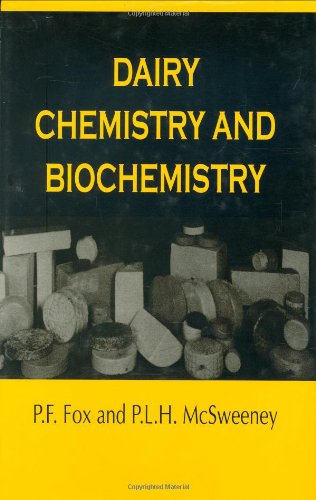
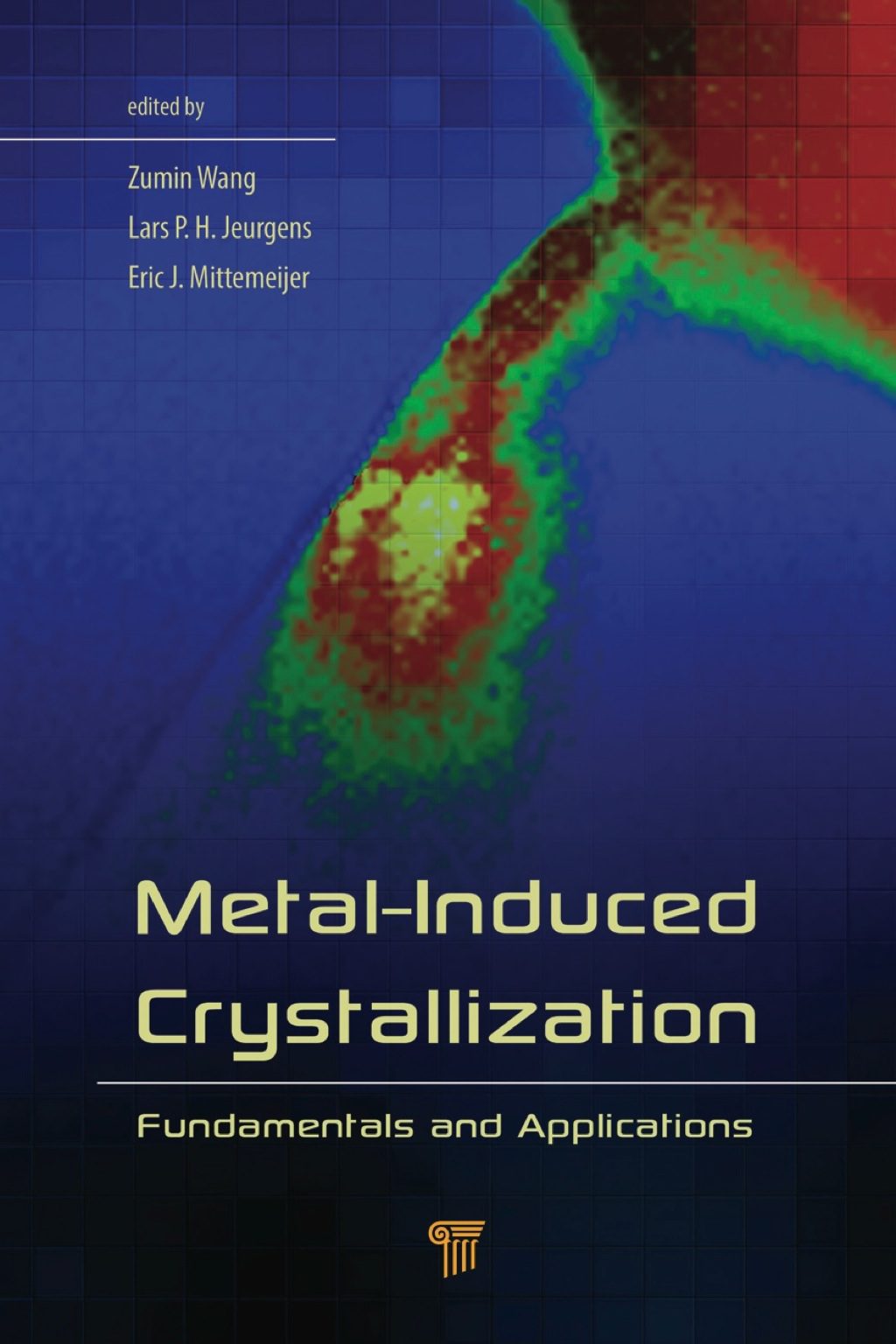

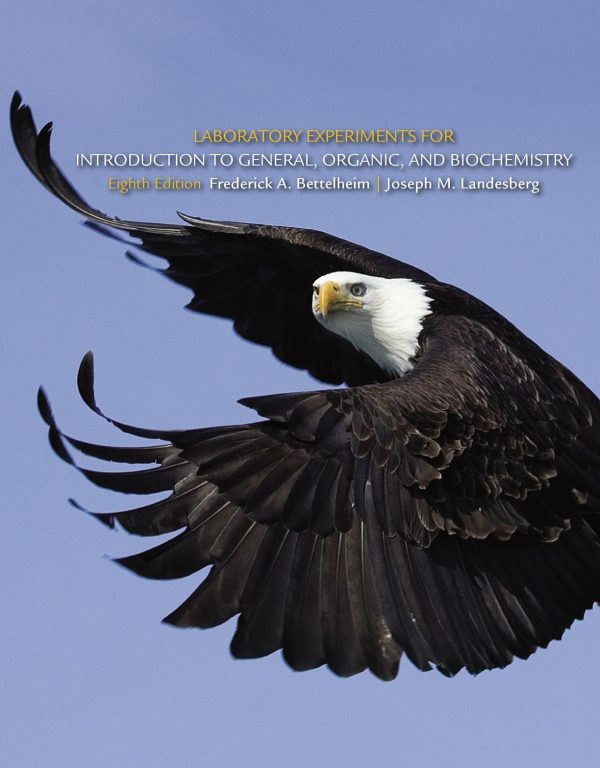
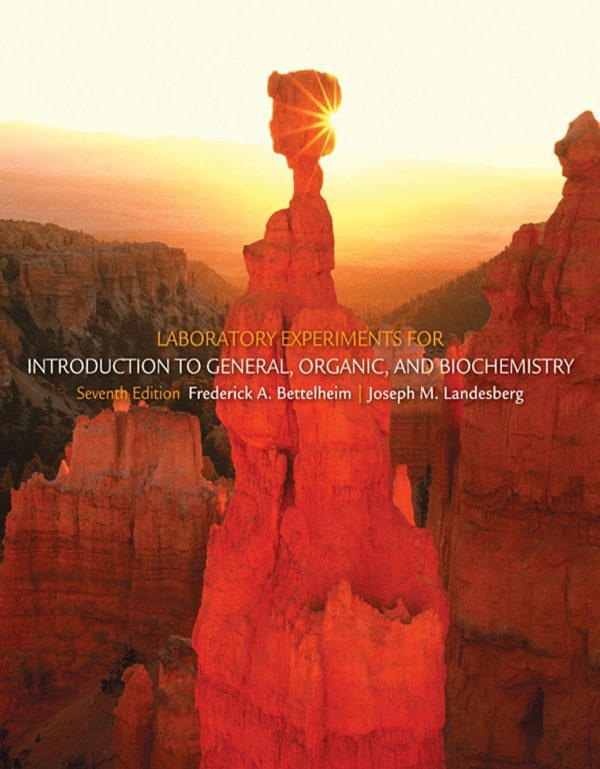
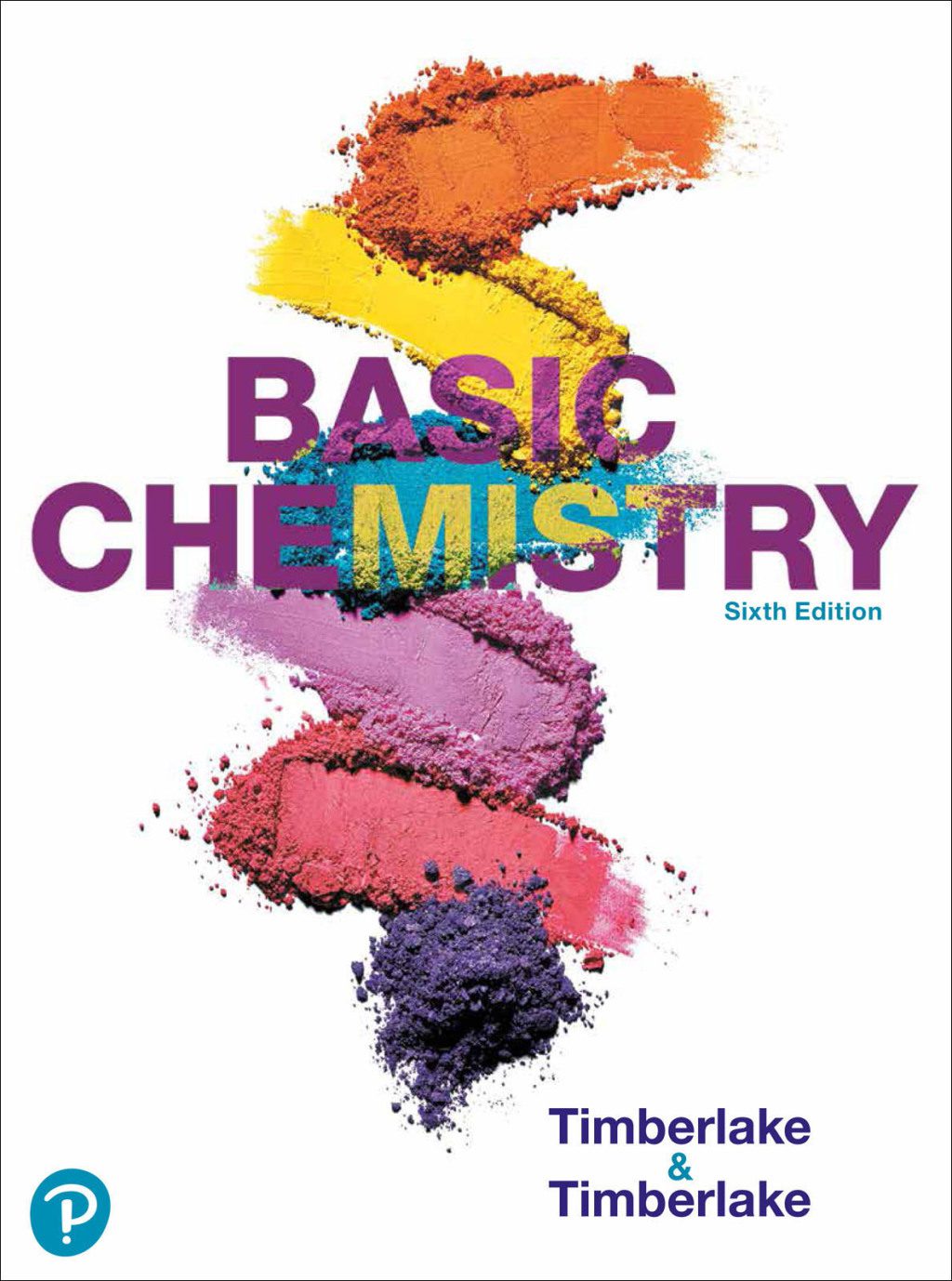
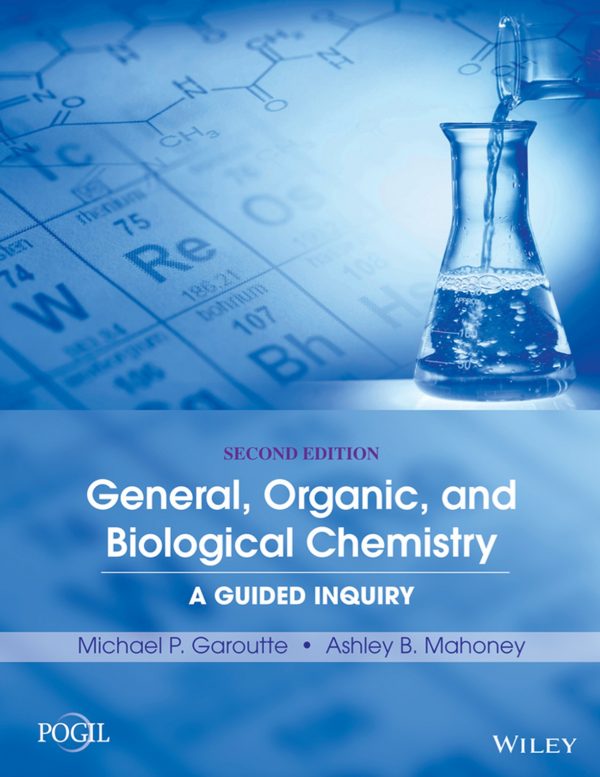
Reviews
There are no reviews yet.